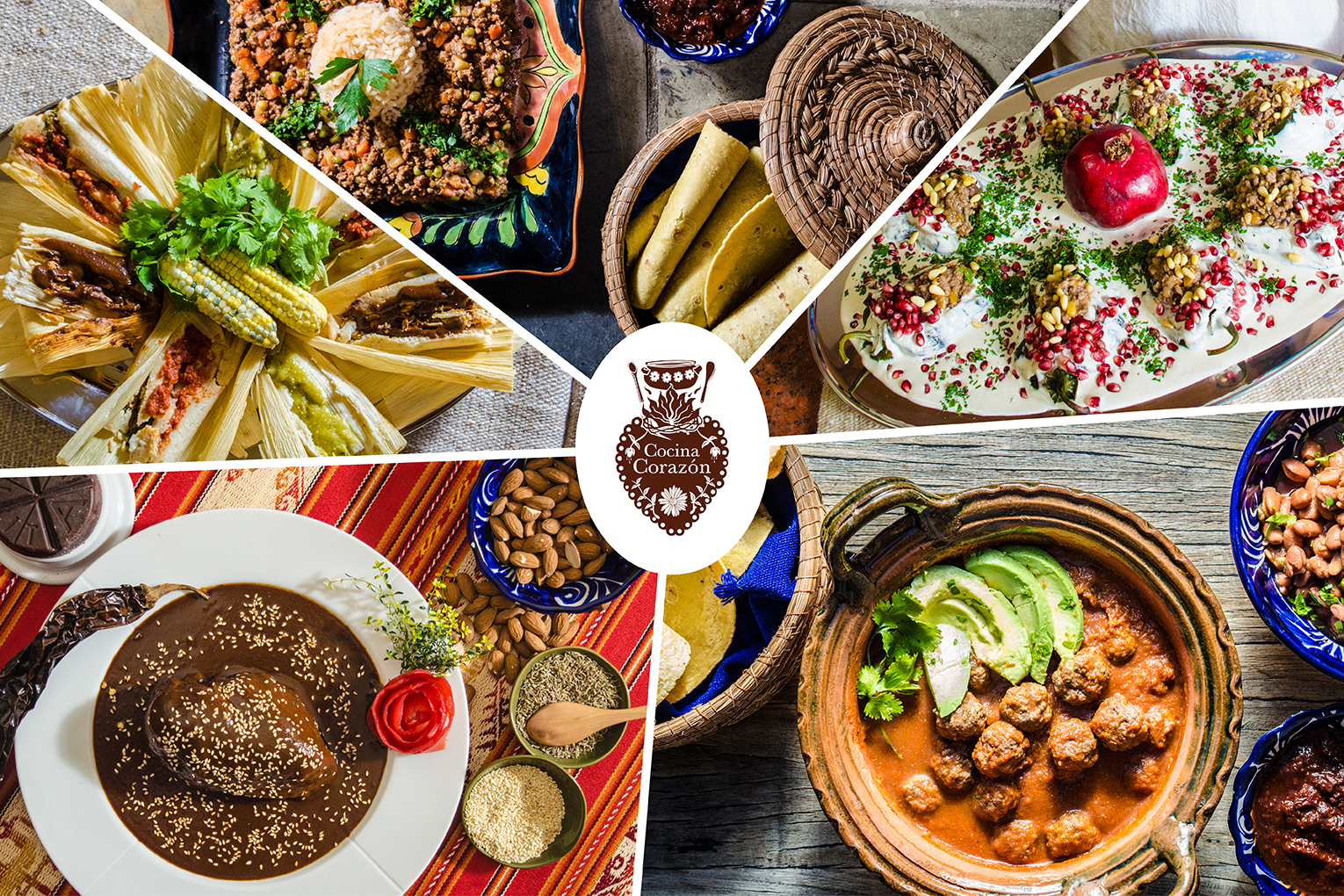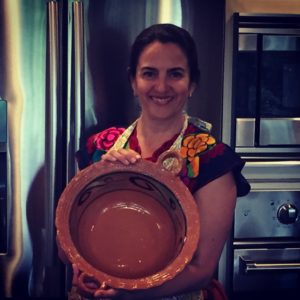Mexican food – a legacy to the world over the centuries

Mexican cuisine means much more than just guacamole, tortilla chips and salsa. It has a wide array of ingredients, flavors and colors; for this reason, Mexican food belongs to the world’s cultural heritage. In addition, it is rich in vegetables, exotic fruits, sauces (moles and salsas), chiles, spices (like cinnamon, clove and cumin), and herbs (such as thyme, oregano, cilantro and epazote). Most of these ingredients are fresh, simple, and frequently locally grown, with such a variety of combinations to create exquisite dishes.
It was to be expected that UNESCO added Mexican cuisine to its list of Intangible Cultural Heritage in 2010.
A fusion of ingredients with a big influence from Spain
Authentic Mexican cuisine is a fusion of several ingredients, condiments and indigenous vegetables through history. These include corn, mixed with other ingredients brought from other continents, such as cinnamon, almonds, beans, rice, cilantro (coriander), and plátano macho (plantain). Therefore, these ingredients now belong to the Mexican cuisine repertoire.
Only with corn there are more than 600 recipes!
Due to the abundance of corn in the central region of Mexico, this grain became the base ingredient of ancient recipes like:
- Pozole
- Rustic atole, made from corn starch
- Tortilla, that didn’t exist in Europe
- Tamales, one of the most popular Mexican traditions
Mexican cuisine preserves pre-hispanic techniques
Some of the most treasured utensils are:
- The comal – round or oval flat pan
- The metate – a flat or slightly hollowed oblong stone on which grains and cocoa are ground using a smaller stone
- The molcajete – a stone tool, the traditional Mexican version of the mortar and pestle, used to process food instead of the blender
- Ollas de barro (clay pottery) – a tradition of more than 3,000 years

“A good potter: he puts great care into his work, he teaches the clay to lie, he speaks with his own heart, he brings life to things, he creates them, he knows everything as if he were a Toltec he makes his hands skillful” -Miguel León-Portilla
Traditional Mexican food – a cultural model that involves:
- Agricultural activities
- Ritual ceremonies
- Ancient knowledge
- Culinary techniques
- Traditions
In fact, it involves a collective collaboration through the whole food cycle – cropping and harvesting, preparing and cooking, and tasting the dishes.
Because of its rich and complex flavors and colors, there are more than 54,000 Mexican restaurants all over the US, representing 8% of the total restaurant industry. Americans love Mexican food, and this popular cuisine type appeals to palates all across the nation. As a result, Mexican cuisine is the 3rd most popular menu type in the USA.
Mexican feasts – a celebration of life, but also of the dead
Mexican families have a special way of bonding, socializing, and connecting through food. In many towns of Mexico, people honor their muertos (dead) with their favorite food. Most of the women learn this art at a very young age from their madres (mothers) and abuelitas (grandmothers), who teach them how to cook using their instincts and creativity to prepare the most amazing delights.
Cooking with bare hands, sometimes without a formal recipe, using rudimentary utensils are basic characteristics of Mexican cooking. It is a unique way in which Mexican cooks reach the perfect taste and texture that everybody love.
In conclusion, Mexican cuisine continues to grow and improve, by incorporating more ingredients as a result of the global trade and cultural diversity, but always preserving its unique traditions and history.
If you would like to learn and cook some of this traditional recipes, I’ll bring my family recipes to you!


